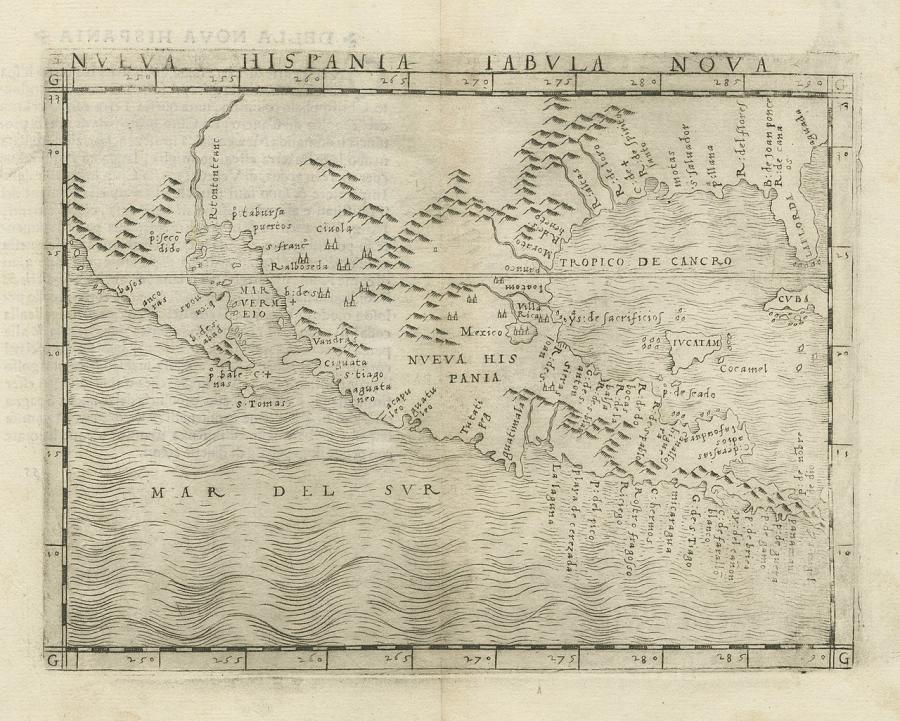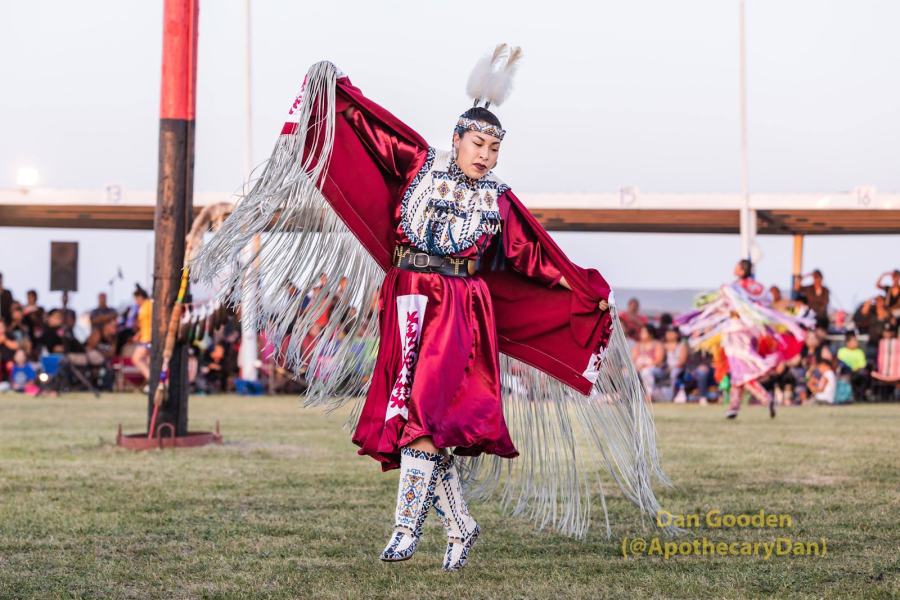The Navajo-Churro sheep, developed by and sacred to the Diné and at the core of their culture and economy, is the only domesticated breed of sheep indigenous to the Americas. Though driven to near-extinction since the 19th century by government stock reductions that slaughtered hundreds of thousands, the churro was always cherished and protected by the Diné, who hid remnant herds in remote areas such as Black Mesa and Monument Valley. Today it is a nationally and internationally recognized rare and endangered domestic breed—hardy, intelligent, and resistant to scrapie and other diseases, and of rising economic value. Its fleece is one of the finest in the world—long, lustrous, and low in grease, with an amazing range of colors and a white of remarkable purity that takes dyes with great clarity and depth.
In September 2000, Black Mesa Weavers for Life and Land, a Cultural Survival Special Project, began selling fleece in addition to weavings on its Web site after seeing bags of Diné churro wool sitting unsold in the sun on Coal Mine Mesa because the local market rate was only five cents per pound. About 300 pounds were sold in the first 18 months—raw and carded wool, both white and colored—and customer feedback has been positive.
On June 28 and June 29, Black Mesa Weavers held its first major wool buy on Black Mesa. Thirty-five households brought freshly sheared fleece to a hay shed at the Hardrock Chapter to sell at $1.60 per pound. Black Mesa Weavers purchased 2,265 pounds, of which 1,417 pounds were white and 848 pounds were colored fleece. Some were extremely rare colors, including antique grey, antique brown, and silver. Diné bought some of these rare colors for their own weaving–at the same price Black Mesa Weavers had just paid for them, putting the money back into the pot for Black Mesa Weavers to buy more wool.
Lyndon Chee of the Navajo Nation Department of Agriculture was on hand as an expert Navajo-Churro wool identifier. Herbert Holgate, who assists Dr. Lyle McNeal and the Navajo Sheep Project, had supplied fleece samples as guides to identification. By the end of the first day, we were able to identify Navajo-Churro from mixes such as Churro-Rambouillet and non-churro wool. While many of the Churro-Rambouillet mixes were of good quality, our wool order and mandate was to purchase only Navajo-Churro wool, and we were able to fill our order with the highest-quality fleece.
Given that an average fleece weighs 6.5 pounds, we bought wool from about 350 Navajo-Churro sheep. Almost 72 pounds of the fleece was "hogget," the first shearing of a lamb or yearling, which some weavers say is the softest and finest. Assuming that a significant amount of wool was kept by Diné weavers for their own use and that not everyone with churro sheep on Black Mesa attended the wool buy, it is safe to estimate that there are at least 450 Navajo-Churro sheep in the Black Mesa region on both Hopi Partitioned Land (HPL) and Navajo Partitioned Land (NPL). To our knowledge, this event was the first time an accurate estimate had been made of the number of churro on Black Mesa. Clearly, the number of Navajo-Churro on HPL is well below the maximum of 2,800 sheep allowed under a 1996 Accommodation Agreement and also well below the approximately 2,300 sheep unit permits allocated for HPL Diné during the past two to three years.
The wool buy at Hardrock also offered a chance to enroll sheep in the Navajo-Churro Sheep Association (N-CSA) registry. A front-page story in the July 20 Gallup Independent featured the wool buy and was picked up by the Associated Press and published again in the Albuquerque Journal.
The Next Step
Black Mesa Weavers is now marketing about 500 pounds of fleece from the Hardrock wool buy via its Web site, Cultural Survival bazaars, and direct sales to hand spinners and weavers worldwide. The group is seeking grant funding to expand the cooperative and develop a business plan. At the invitation of the Hardrock Chapter, it has submitted a proposal to set up a wool processing enterprise on Black Mesa. This enterprise would enable the group to market churro fleece products, from raw wool to yarn, directly from the source, providing jobs for Diné and income for economically depressed communities. It is the next step in expanding the market for Diné churro wool and bringing wool processing back home to the people who developed the breed. A wool-processing enterprise will offer an alternative to the commercial yarn currently sold to the weavers; it will make high-quality churro warp and weft yarn available for weavers to buy and use throughout the Navajo Nation.
Black Mesa Weavers is working to ensure that the Hopi Tribe works cooperatively with HPL Diné sheepherders to help protect these remarkable animals. It is our hope that the Navajo Nation will continue to support the cultural and economic survival of the HPL Diné and will work with Diné sheepherders everywhere—on HPL, NPL, and throughout the Navajo Nation—to implement a sustainable environmental policy that will provide for the restoration and development of the Navajo-Churro as a breed of livestock uniquely adapted to the arid ecosystem in which it thrives.
For more information, contact project coordinator and co-founder Carol Snyder Halberstadt, / P.O. Box 543 / Newton, MA 02456 or see www.migrations.com. E-mail: carol@migrations.com.



